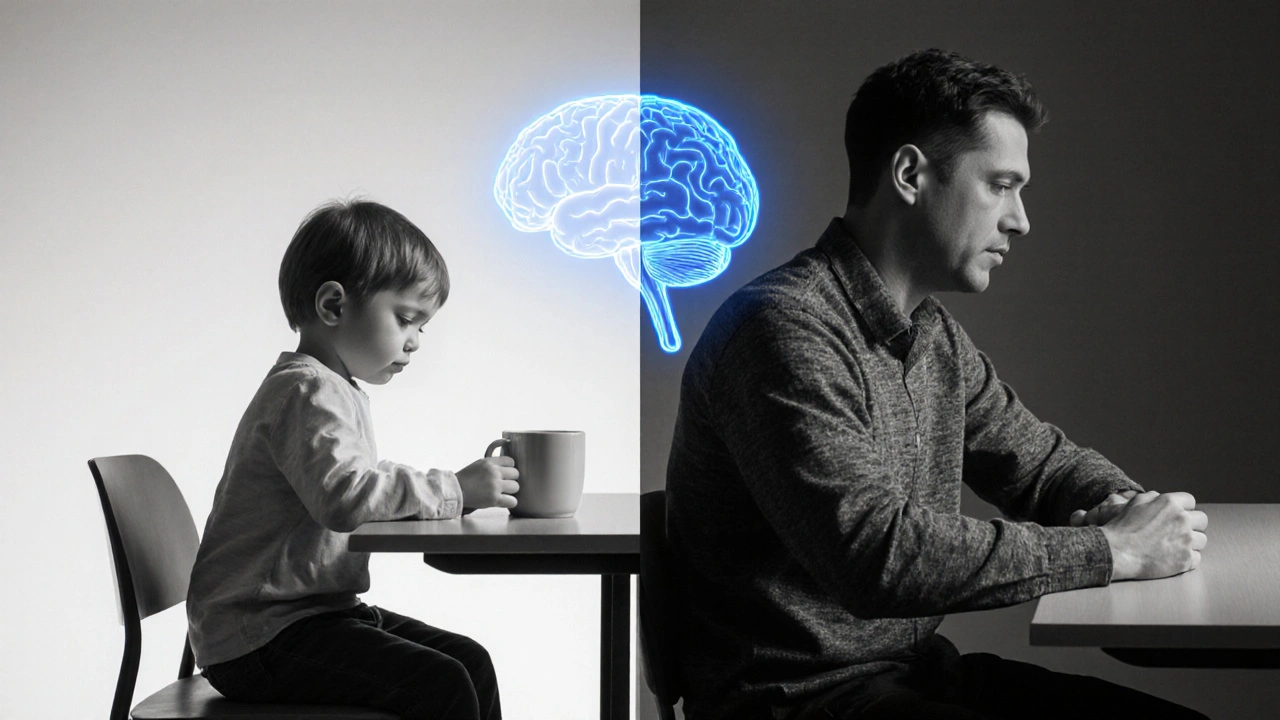Attention Deficit Hyperactivity Disorder (ADHD) – Overview
When looking at attention deficit hyperactivity disorder, a neurodevelopmental condition marked by persistent patterns of inattention, hyperactivity, and impulsivity that affect daily life. Also known as ADHD, it typically appears in childhood and can continue into adulthood, shaping performance at school, work, and in relationships. The brain circuits that manage attention and self‑control develop differently, often involving lower dopamine activity, which explains why the condition feels like a constant mental traffic jam. Recognizing the hallmark signs early helps avoid the cascade of academic struggles, low self‑esteem, and missed opportunities that many people with the disorder experience.
Core Elements and Common Connections
One of the most effective ways to manage attention deficit hyperactivity disorder is with stimulant medication, drugs such as methylphenidate or amphetamine that boost dopamine and norepinephrine levels to improve focus and reduce impulsivity. These medicines are often the first line of treatment because they directly target the neurotransmitter imbalance that underlies many symptoms. behavioral therapy, structured interventions that teach coping skills, organization strategies, and emotional regulation complements medication by helping users build lasting habits and self‑monitoring techniques. Both approaches influence the brain’s dopamine, a chemical messenger that regulates reward, motivation, and attention pathways, creating a feedback loop where improved focus encourages positive behavior, which in turn reinforces neural pathways.
Diagnosis of ADHD requires a comprehensive evaluation that looks at symptom duration, severity, and impact across settings. Clinicians often use standardized rating scales, interviews, and observations to differentiate ADHD from other conditions that share overlapping features, such as anxiety, learning disabilities, or mood disorders. Comorbidities are common; about half of people with ADHD also experience anxiety or depression, which can complicate treatment plans. Understanding these connections is crucial because side‑effects of stimulant medication—like appetite loss or sleep disruption—might exacerbate other health concerns. That's why our collection includes safety guides for various drugs, tips for tapering medications, and evidence‑based alternatives that address both primary symptoms and secondary challenges.
Below you’ll find a curated set of articles that dive deep into medication safety, alternative therapies, and practical strategies for managing everyday life with ADHD. Whether you’re looking for dosage guidance, ways to handle side‑effects, or non‑pharmacological options, the posts give clear, actionable information that reflects the latest evidence. Browse through to discover how each piece fits into the broader landscape of ADHD care and how you can apply the insights to improve focus, reduce stress, and boost overall wellbeing.
ADHD Explained: Symptoms, Causes & Treatment Options
- Laura Ledas
- Jul, 14 2025
A clear, friendly guide to ADHD covering symptoms, causes, diagnosis, and treatment options for both kids and adults.
Learn More